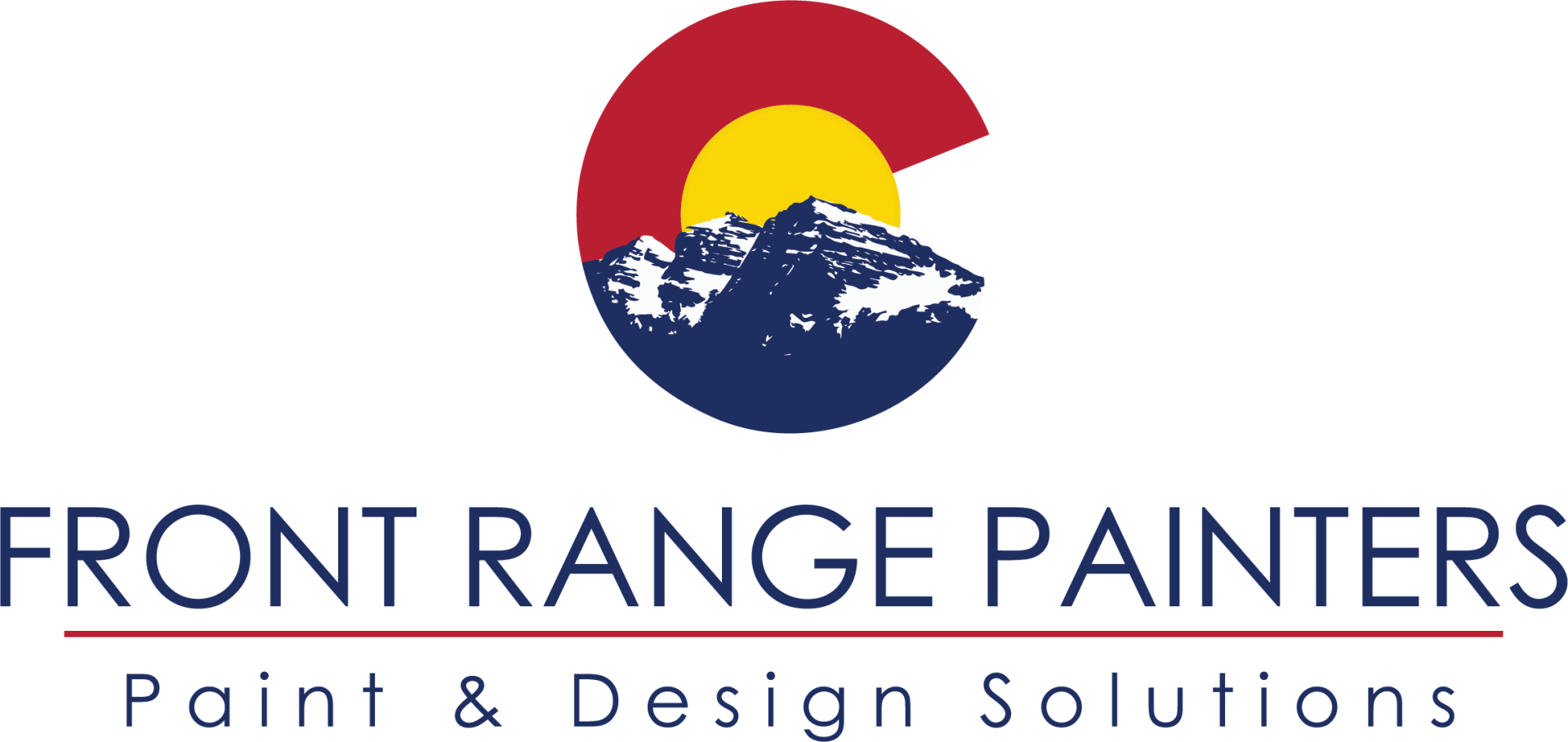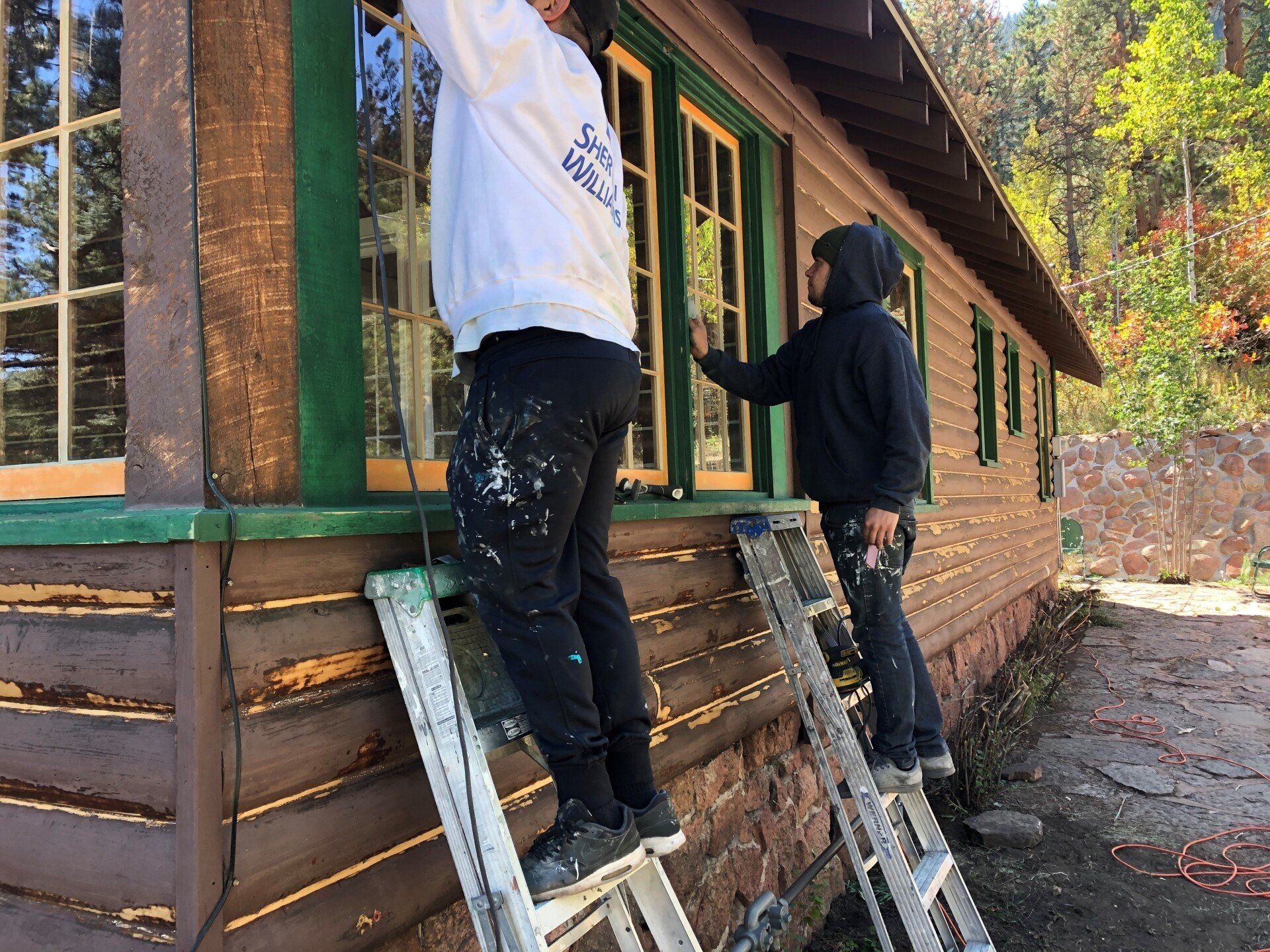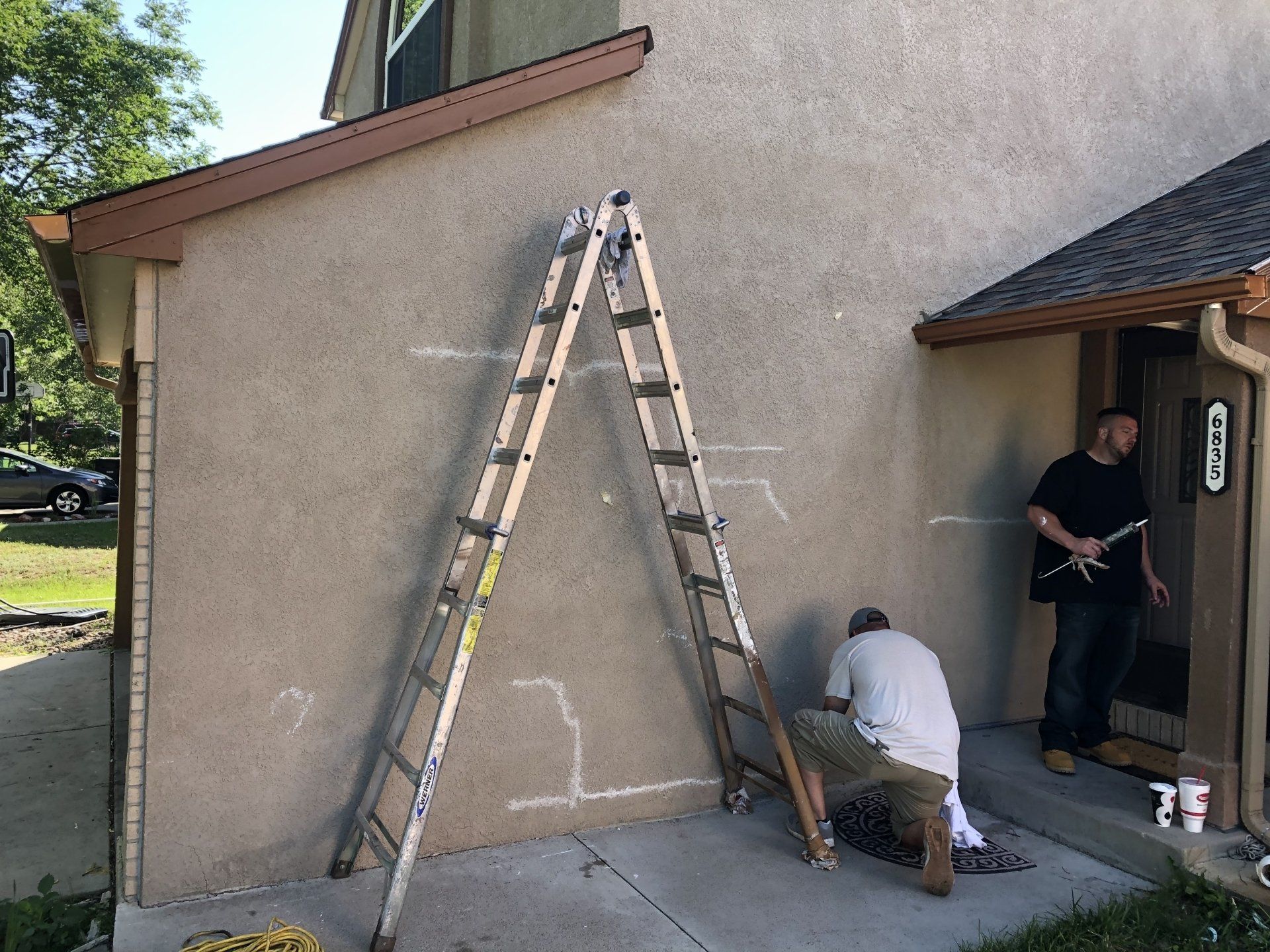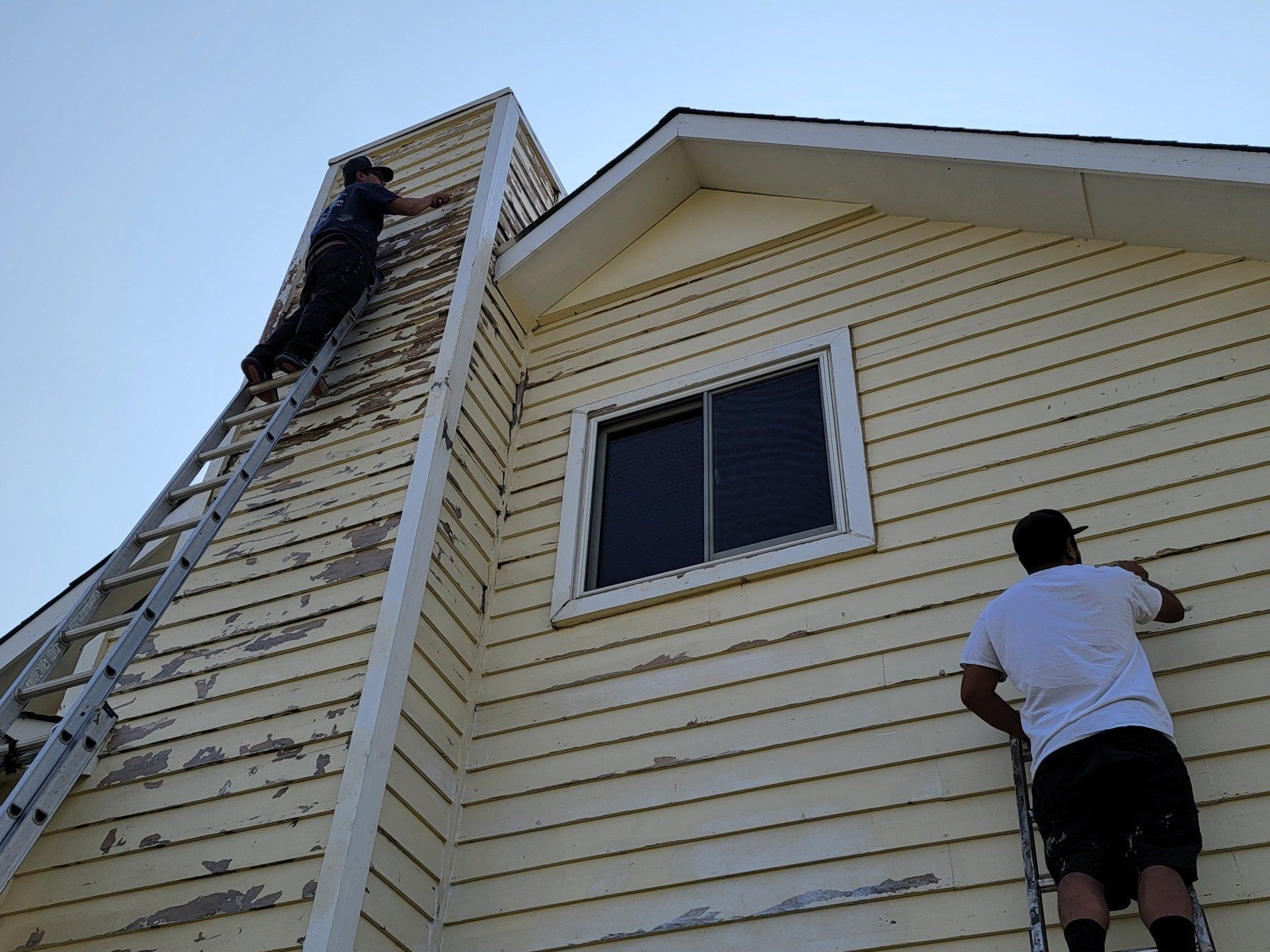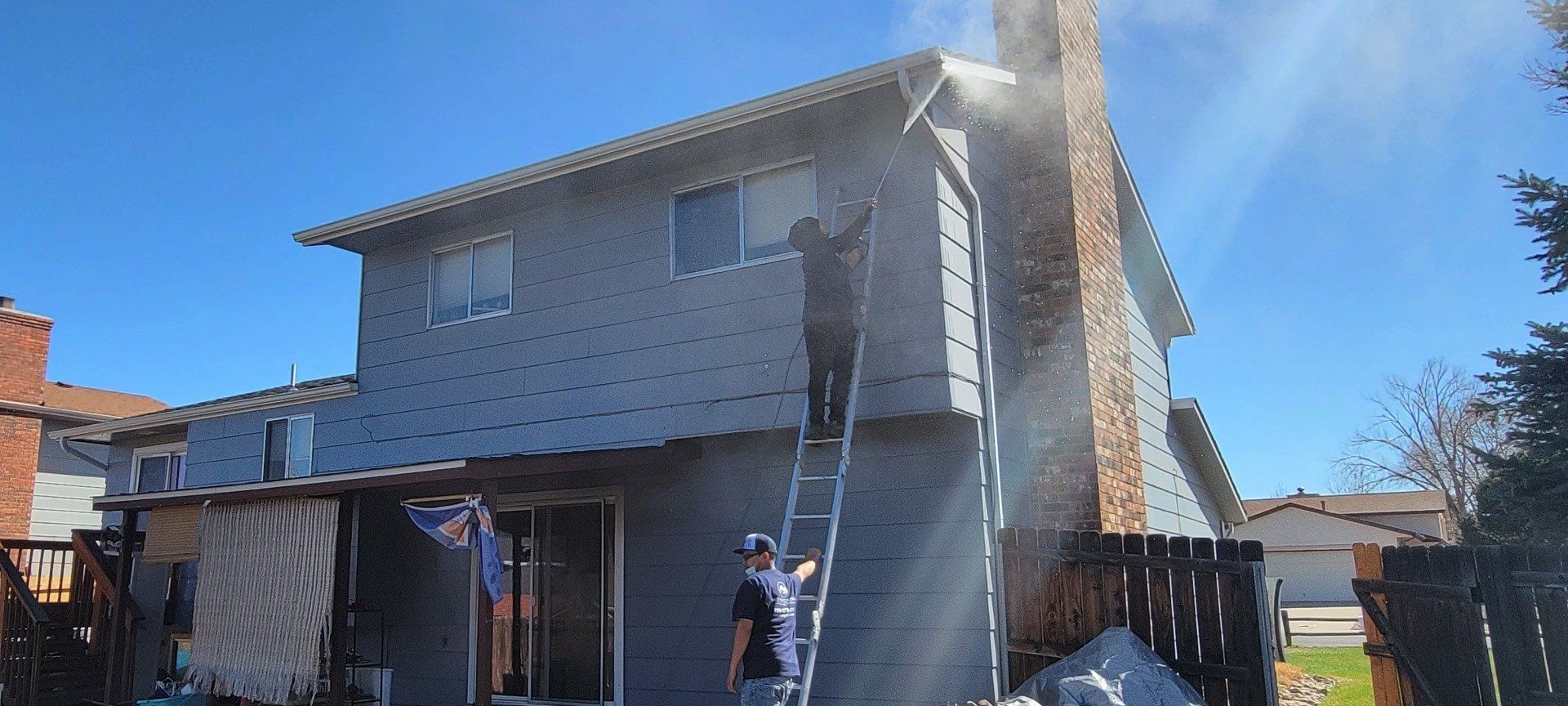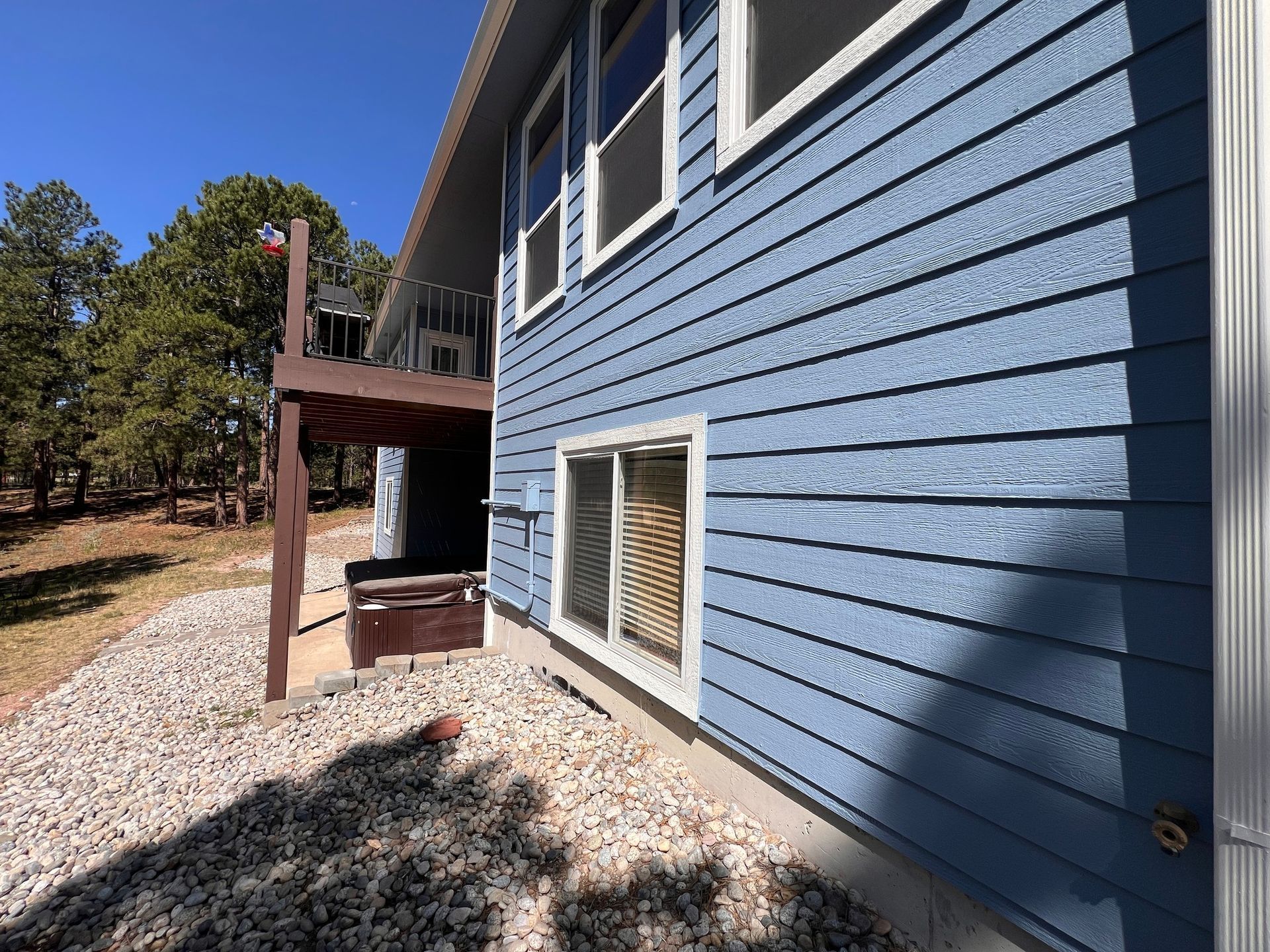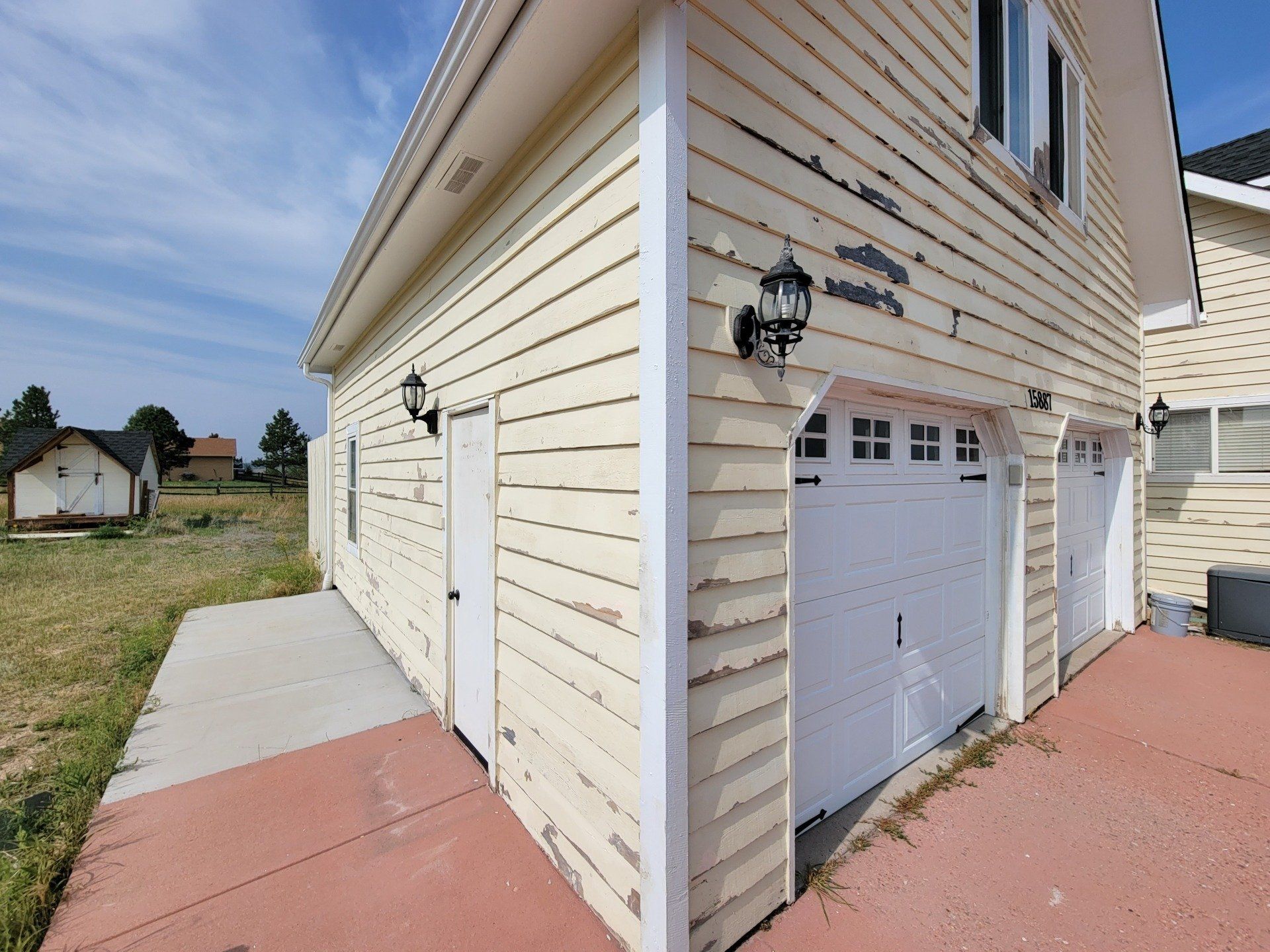Now that you have assessed the extent of faded, cracked, and peeling paint, it's time to focus on repairing the damaged areas. Any cracks, holes or damaged surface must be fixed before repainting. Simply removing the peeling paint will unveil any existing damage that you need to address. Start by removing all cracked and flaking paint with a scraper, wire brush, heat gun or chemical application, depending on the severity of the damage. Once you have eliminated all loose paint, carefully spread a filler over the cracks with a putty knife, then brush in the paste to fill in the crack. Apply more filler until the crack appears to be filled. When you have finished filling in the cracks and holes, carefully scrape, sand and recoat these areas to prime them before you begin repainting. By doing so, you will remove any loose paint that remains on the surface and provide a smooth surface for an even paint finish.
10 pro tips that you, as a homeowner, should know about faded, cracking, or peeling paint on your house.
As a homeowner, it's natural to be concerned about the condition of the paint on the exterior of your house. Over time, paint can fade, crack, or peel, which not only detracts from the overall appearance of your home but can also lead to damage if left unchecked. Therefore, it's important to keep an eye on the condition of your paint and know what signs to look for that indicate it's time to repaint. In this regard, there are several factors to consider, such as the age of the paint, the severity of the damage, and the overall appearance of your home. By understanding these factors and knowing what to look for, you can take proactive steps to ensure that your home looks its best and remains protected from the elements.
Whether you're dealing with an older home or simply didn't use the right type of paint, faded, cracking, and peeling paint can be both an eyesore and a potential hazard. Not only is it unsightly, but it can also lead to water damage and further deterioration if left untreated. So what should you do if you find yourself in this situation? Here, we'll explain some of the steps you can take to address peeling, cracking paint on your home's exterior or interior surfaces.
And in Colorado, the best time to inspect the condition of your house's exterior paint is in the spring. If you find issues, you'll want to schedule a consultation with a professional painter as early as possible, as the best painters in Colorado Springs, like Front Range Painters, will book out months at a time.
1. Assessing the Extent of Faded, Cracked, and Peeling Paint
When trying to deal with
faded, cracked, and peeling paint on your house's exterior, it's important to assess the extent of the problem and plan accordingly. This should involve inspecting the entire surface, starting from the areas with the most visible damage and extending to nearby areas that might be affected as well. You will need to identify any underlying causes of the problem, such as water damage, poor adhesion, or improper surface preparation by the previous painter. Take careful note of the areas where paint has flaked or peeled, as well as where the paint is faded or discolored. By understanding the extent of the problem, you can choose the right materials and techniques for repainting your house's exterior and ensure a long-lasting and visually appealing finish.
2. Removing Cracked and Flaked Paint in Damaged Areas
3. Thoroughly Cleaning the Surface Before Repainting
4. Priming Bare Areas to Ensure Proper Adhesion
Now that you have assessed the extent of your faded, cracked, and peeling paint and thoroughly cleaned the surface, it's time to prime any bare areas to ensure proper adhesion. This is a critical step in making sure your new coat of paint adheres properly and looks great for years to come. Use a high-quality primer designed for your surface type and make sure it's applied evenly and to the entire surface. Don't forget to spot-prime any areas where the old paint has been completely removed. This will help the new paint adhere properly and provide a smooth base coat for the rest of your painting project. By taking the time to prime your surfaces correctly, you'll save yourself time and money in the long run by avoiding premature peeling or cracking.
5. Identifying Poor Paint Adhesion Problems
When repainting your faded, cracked, and peeling surfaces, it's important to identify any poor paint adhesion problems early on to avoid future issues. This can be achieved by properly cleaning and prepping the surface before repainting, using the correct primer for the job, and assessing any areas that may already be experiencing adhesion issues. If you notice any cracks or flaking paint, it's important to remove these areas before repainting to ensure a smooth and long-lasting finish. By taking the necessary steps to identify and fix any poor paint adhesion problems, you can ensure that your freshly painted surfaces will look great for years to come.
6. Fixing Any Damage Before Repainting
Before you start repainting your house's faded, cracking, and peeling surface, it's important to address any and all damage first. This includes thoroughly evaluating the surface for any dents, cracks, or holes that may have formed since the original paint job. Use filler or putty to create a flat surface wherever peeling paint or bubbling was removed, then sand it smooth. Not fixing these issues before repainting will only result in a patchy, uneven finish. By taking the time to properly fix the damaged areas, you'll ensure a smooth, even surface that will make your new paint job look flawless. So don't skip this crucial step in the repainting process!
7. Applying a Patching Compound to Improve Adhesion
Now that you have assessed the extent of faded, cracked, and peeling paint, thoroughly cleaned the surface, primed bare areas, removed any cracked and flaked paint, and identified any poor paint adhesion problems and fixed any damage, it is time to improve adhesion by applying a patching compound. This step is crucial in providing a smooth surface for painting and ensuring proper adhesion. A patching compound will help fix any minor imperfections and level out any uneven surfaces. After applying the patching compound, allow it to dry completely before sanding it down to a smooth finish. This will ensure a seamless foundation for the new coat of paint and improve the durability and longevity of the paint job. Remember, taking the time to properly prepare the surface will make all the difference in achieving a beautiful and long-lasting paint job.
8. Choosing the Right Paint for Your Needs
When choosing the right paint for your needs, there are a few things to consider. First, think about the surface you'll be painting. Different surfaces, such as wood, stucco, and vinyl siding may require different types of paint, so be sure to choose one that's appropriate for your particular project. Front Range Painters are very experienced in choosing the best paint for your project. Next, consider the finish you want. Do you want a matte or glossy finish? This will depend on your personal preference as well as the needs of your space. Additionally, think about the color you want. Take into account the overall aesthetic of your space, as well as any existing color schemes you might have. Finally, think about the quality of the paint. While higher quality paints may cost more upfront, they often require less paint and last longer, ultimately saving you money in the long run while also providing the best protection for your house. By considering all of these factors, you'll be able to choose the right paint for your needs and ensure a successful and long-lasting paint job.
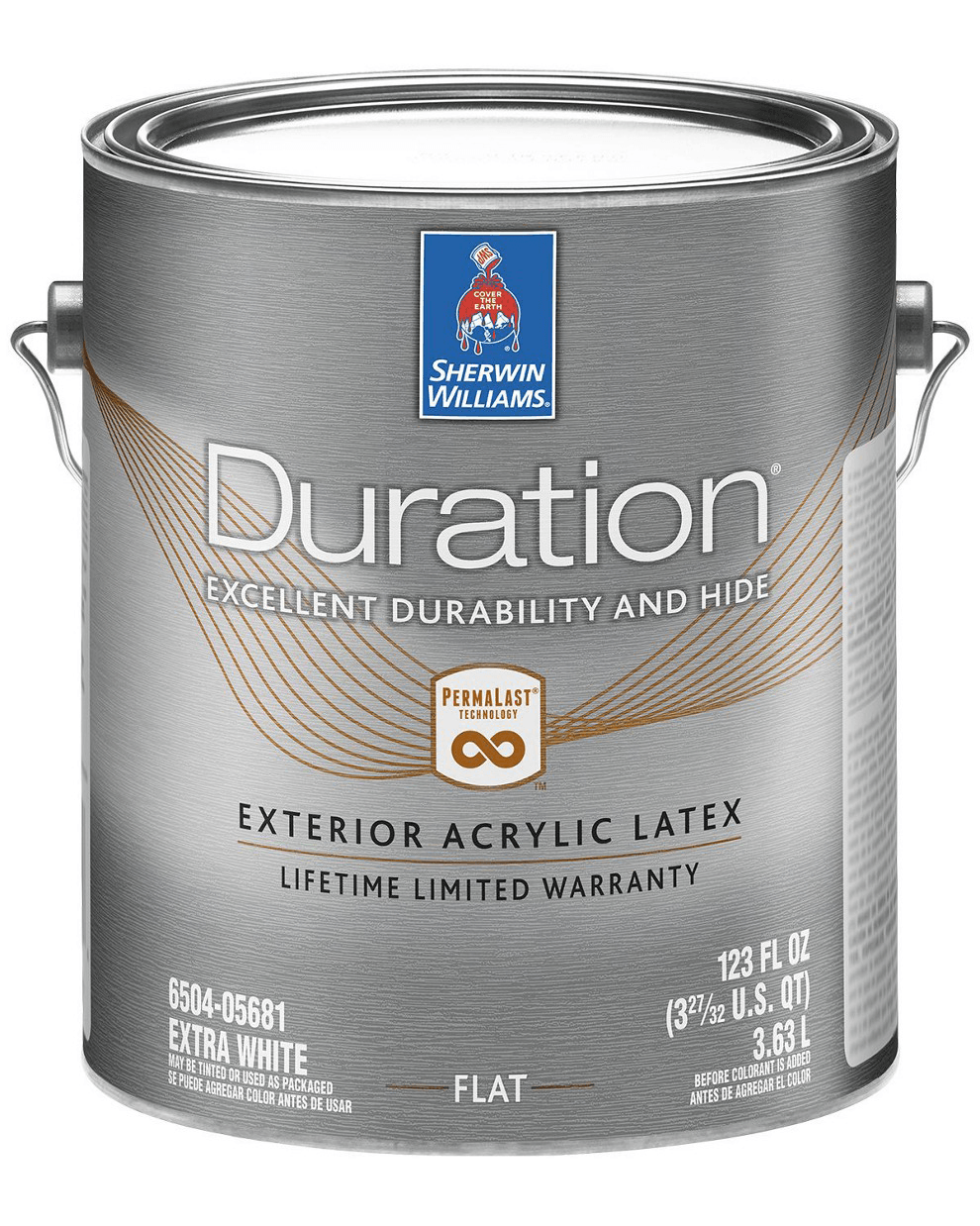
9. Paint According to the Paint Manufacturer's Specifications
Once the surface has been cleaned, sealed, and primed, the paint must be applied according to the manufacturer specifications. Here are the most common paint application steps:
- Stir the paint thoroughly before applying.
- You can use a brush, roller, or sprayer to apply the paint.
- Make sure the application tools are clean and in good condition.
- If using a brush or roller, apply the paint in even, overlapping strokes.
- If using a sprayer, follow the manufacturer's instructions for the correct spray pattern and distance.
Drying: Allow the paint to dry completely between coats. The drying time can vary based on temperature, humidity, and the thickness of the application. Check the paint can for specific drying time recommendations.
Second Coat: If necessary, apply a second coat of paint after the first has completely dried.
Remember, the surface temperature should be above 50°F (10°C) and below 90°F (32°C) for optimal painting conditions. Also, avoid painting in direct sunlight or on windy days, as these conditions can cause the paint to dry too quickly and lead to an uneven finish. Always follow the manufacturer's instructions for best results.
10. Tips for Maintaining Your Newly Repainted Surface
After you've had your house remedied and repainted, here are some important tips forkeeping your house protected for many years to come:
- Keep an eye out for any signs of damage, such as cracks or peeling, and attend to them as soon as possible. The quicker you fix any issues, the less likely they are to spread and cause larger problems.
- Regularly clean your painted surfaces with a gentle detergent and soft brush or sponge.Avoid using harsh chemicals or abrasive materials for cleaning, as these could damage the paint.
- Check your gutters and downspouts frequently to make sure they're not clogged and causing water to spill out onto your facia, trim, and soffits. Another problem to look for is pooling water around your home's foundation. Excess water can damage your newly painted surfaces, so it's important to keep them dry.
- Trim any nearby foliage that could be brushing against your painted surfaces, as it can cause abrasion and wear down the paint over time.
- Avoid placing heavy items against your home's exterior, as that can cause scratches or other damage, especially if it traps moisture against the side of your house. You might also inadvertently be providing shelter for animals right up next to your house that can cause a multitude of other issues.
- Touch up any small areas of damage or wear with the same paint used during the initial repainting process. This will help maintain a consistent look and prolong the life of your paint job.
By following these maintenance tips, you can help ensure that your newly repainted surface stays beautiful and protected for years to come. If this seams like an overwhelming amount of work and detail, it is! To get the most out your exterior painting investment, you are best The professionals at Front Range Painters will be happy to discuss these tips with you in detail, empowering you to stay ahead of the game in protecting the exterior of your home longer.
